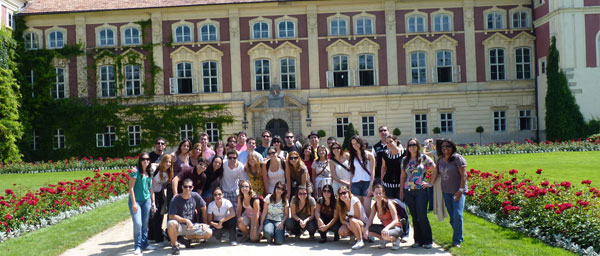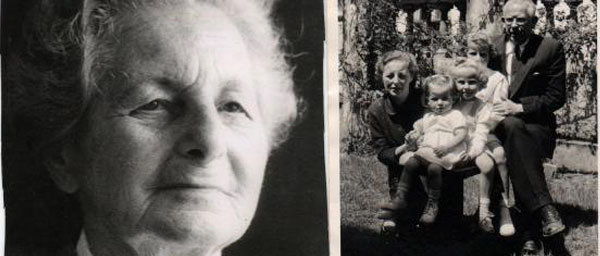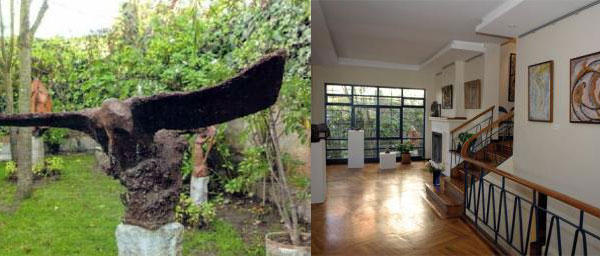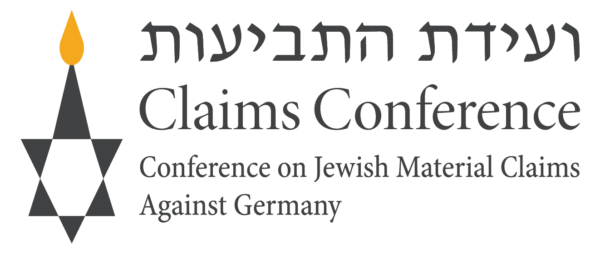South America: Holocaust Education

After the Holocaust, survivors spread across the world and many settled in South America, which also earned a reputation as a refuge for Nazi war criminals escaping prosecution. Despite this, to many South Americans the Holocaust was of little interest and remained of concern only to survivors and their descendants. The Claims Conference has met with numerous educators and experts over the years to develop strategies to educate South Americans about the Holocaust.
One initiative the Claims Conference supports to further this mission of education is Gesher: Teacher Training in South America, a joint project of the Jewish Agency and Yad Vashem that prepares educators to teach the Shoah through training in Jewish history, the Holocaust, Israel, Hebrew, and Jewish identity. The course offers two tracks, one geared for all teachers in Jewish schools, and a second more intensive track for senior Holocaust educators. The advanced track also includes a seminar at Yad Vashem in Israel.
“Spreading the Word: Teaching about the Holocaust to Argentina Youth Movement Counselors,” another joint project of the Jewish Agency and Yad Vashem, educates youth movement counselors and other informal educators about teaching the Holocaust and creating appropriate youth activities.
These are wonderful programs that reach students in and outside of the classroom. The Claims Conference supports a number of other organizations engaging in Shoah education, research, and documentation across South America in order to show the relevance of the Holocaust today to the lives of people throughout the region.
Brazil
Since 2009, the Claims Conference has funded two programs that take college students from Brazil on visits to Poland and Israel. Associacao Esportiva e Recreativa Hillel Rio de Janeiro and the Jewish Federation of Sao Paulo (FISESP) both take students on intensive trips to Holocaust-related sites and then require the students to create an educational community project after returning.
Michel Gherman, one of the organizers of the Hillel program, believes that it is one of the most important Holocaust study programs in Brazil. “A connection between high-level academic studies, identities, and projects transforms it into a revolutionary program where the Holocaust and its legacy are the center of an impact that defines the students’ commitment and identities.”
Fernanda Stambowsky, a 22-year-old college student, was one of 38 young people who participated in July 2010. The program, she said, redefined her identity and the identities of others on the trip. “Together we crumbled and helped each other,” she said. “Afterwards in Israel we were already able to build the first pieces, recompose everything. When we got back, we knew that amongst these puzzle pieces a new piece was created: responsibility.”
Ecuador
In Quito, Ecuador, Miriam Steinitz Kannan and Anita Steinitz opened Casa Cultural Trude Sojka in 2009 to honor the memory of their mother, Trude Sojka. They created a Holocaust memorial that draws upon the artwork of their mother to depict the lives of Ecuador’s Jewish refugees.

Born to Czech parents in Berlin in 1909, Trude Sojka grew up in Prague. At 27 she married and began presenting her paintings and sculptures in Berlin. The Nazis sent Trude to Theresienstadt, where she encouraged children to draw to keep their spirits up. She was later sent to Auschwitz where her mother, husband, and newborn daughter were all murdered. Trude was liberated by the Soviet army in 1945 and came to Ecuador a year later after discovering her brother had moved there. Trude continued painting and sculpting and created more than 1,000 pieces of art that have been shown in galleries in Ecuador, Germany, France, and the United States. In 2000, she was named “Artist Emeritus” by the Ecuadorian House of Culture.
Trude passed away in 2007 at 97. In 2009, her daughters turned her home into a small museum that also hosts student workshops. Ecuador recently mandated Holocaust education in its schools, but has not provided sufficient resources to make it effective. The Claims Conference allocation to the museum helps it supplement that education and bring in hundreds of students a year.

The more than 200 high school students who have already visited the center have been “emotionally and intellectually very impressed by their experience,” according to director Anita Steinitz. The experience, she said, has “changed the way they view the world, society, and themselves.” Students who attend the Trude Sojka center see the Shoah through the eyes of a fellow Ecuadorian, rather than through those of a foreigner.
For more on Trude Sojka and the center, visit www.trude-sojka.com.
Peru
Asociacion Judia del Peru – Colegia Leon Pinelo in Peru is creating a Shoah Education Project for the country’s schools. The organization is making video testimonials of Peruvian survivors, catering to Peruvian children to make the Holocaust relevant to them. Like with the Trude Sojka Cultural House, this program localizes the Holocaust for children, showing them that people within their own community were and continue to be affected by it.
Chile
Fundaciòn Memoria Viva in Chile tracks Jewish immigration to the country before, during, and after the Holocaust, as well as Nazi war criminal immigration immediately after the Shoah. A 2010 Claims Conference allocation helps the organization collect, catalogue, and digitize these records, in cooperation with the Chilean International Archives Ministry and the U.S. Holocaust Memorial Museum. A large number of Jews immigrated to South America after the Holocaust and these records show where they went. There is a race against time to preserve many of these documents and the knowledge they impart.

